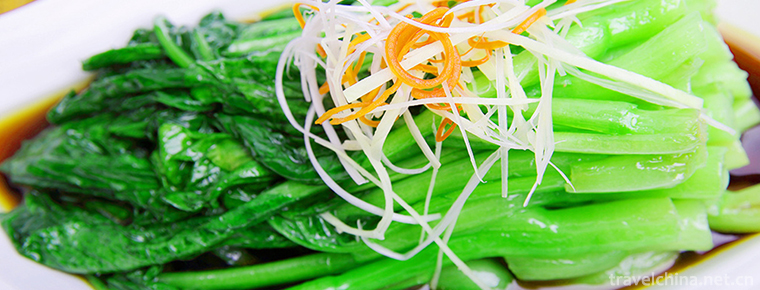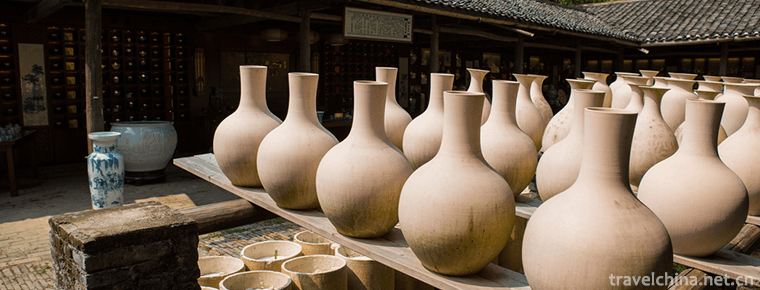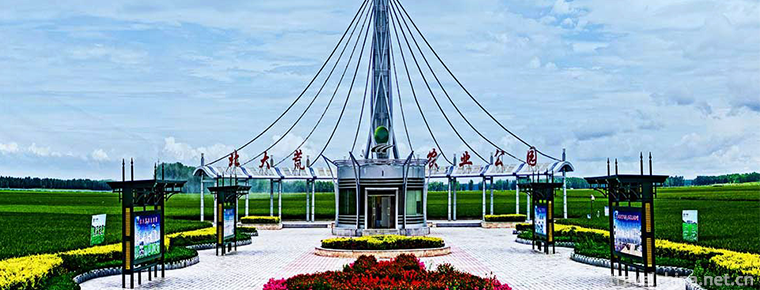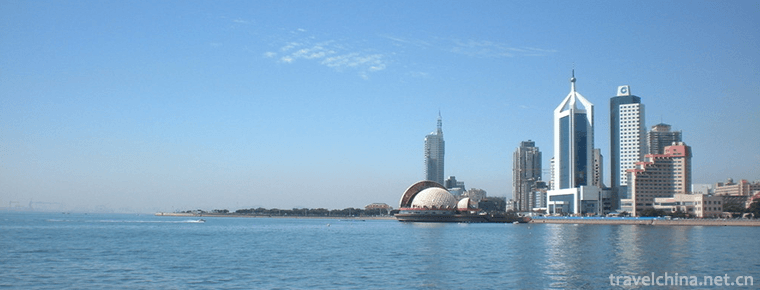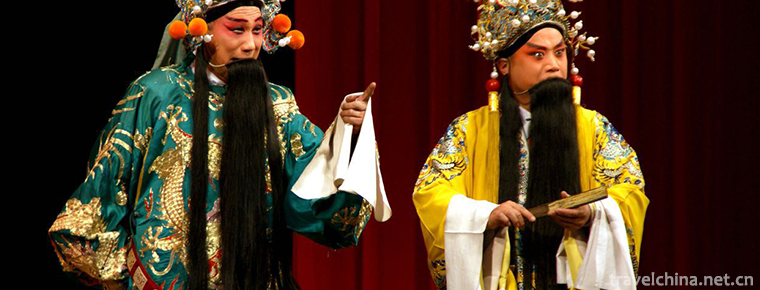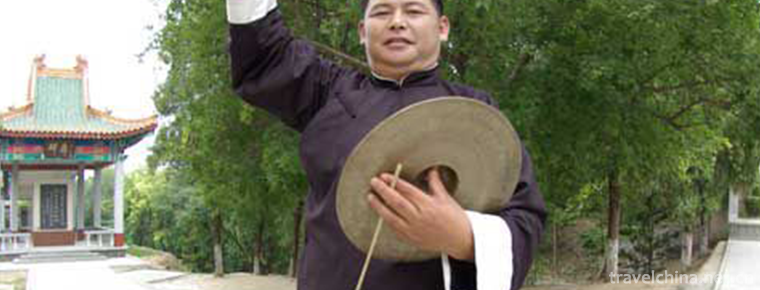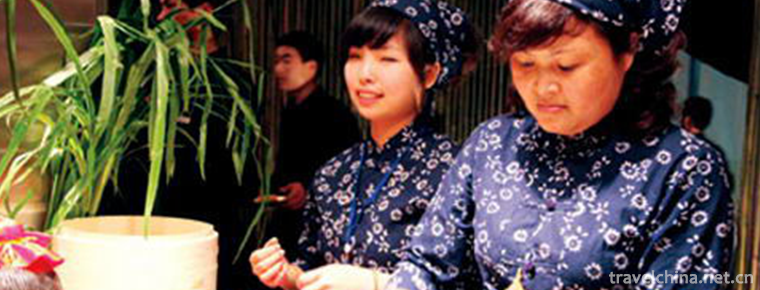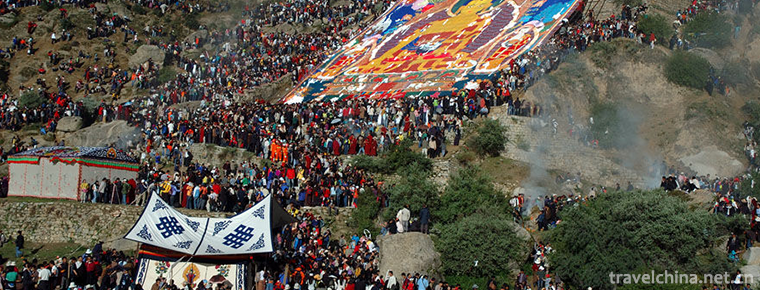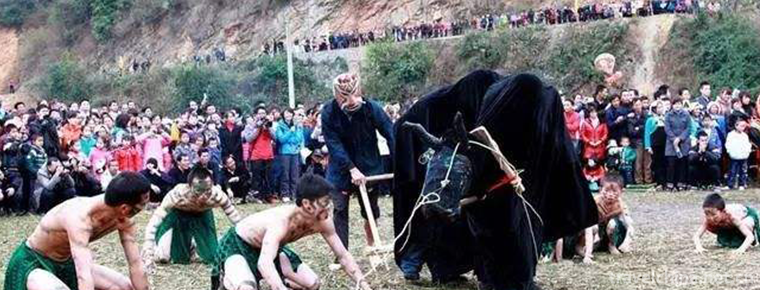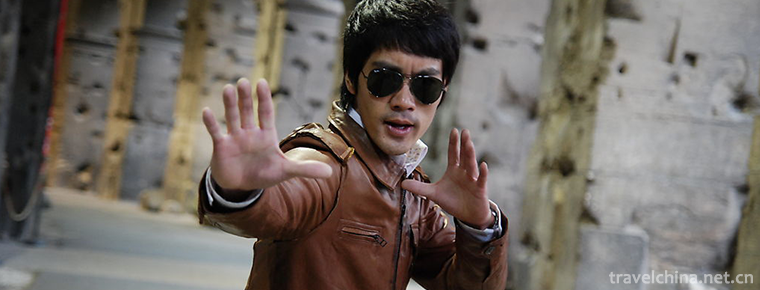Firing Techniques of Copper Official Ceramics in Changsha Kiln
Firing Techniques of Copper Official Ceramics in Changsha Kiln
Changsha kiln copper official ceramics firing technology, Hunan Province's traditional handicraft, one of the national intangible cultural heritage.
Tongguan ceramics industry has a long history, rich cultural connotations and unique ceramic skills. Before the Yin and Shang Dynasties, Emperor Shun led his ancestors to start making pottery along the Xiangjiang River. By the Tang Dynasty, Tongguan pottery developed rapidly, and its ceramic skills gradually matured. After the five dynasties, it disappeared. The kiln site was called Tongguan kiln in Wangcheng County, Hunan Province.
On May 23, 2011, the firing technology of Changsha kiln Tongguan ceramics was approved by the State Council of the People's Republic of China and listed in the third batch of national intangible cultural heritage list. Heritage No. _-191.
historical origin
Before the Tang Dynasty
Changsha kiln Tongguan ceramic technology has a long history. "Jianluo Too Notes" contains: "Shun Tao in the riverside, and the utensils do not suffer. That is, before the Yin and Shang Dynasties, Emperor Shun led his ancestors to start pottery making in the area of Xiangjiang River, carrying out primitive manual production.
1. From the excavated cultural relics of Changsha Tongguan Kiln and other ancient kilns and the deep accumulation of ceramic fragments, the technology of Changsha Tongguan Kiln ceramics has creatively manifested itself in many aspects, such as shape, shaping, firing, decoration, and so on, constituting an all-round ceramic handicraft production system.
2. In 2000, German Tilman Waterfa salvaged the shipwreck "Black Stone" in Indonesian waters, which contained ceramic products of the middle and late Tang Dynasty in the 9th century. Among them, more than 60,000 pieces of fine porcelain from Changsha Tongguan Kiln fully demonstrated the historical origin and great charm of Tongguan ceramic handicraft.
3. In Japan, Korea, Malaysia, Indonesia, the Philippines, Sri Lanka, Iraq, Tanzania, Kenya, Iran and other 17 countries, the Tang Dynasty Tongguanyao pottery relics were found in Changsha. These products were exported to foreign countries through the "Maritime Silk Road" and have formed the "Tang Porcelain Effect" all over the world. Experts believe that "Changsha Kiln Tongguan Ceramic Craft" is a relic of the Tang Dynasty.
From the beginning of Tang Kaicheng to the beginning of the Five Dynasties (836-907)
This period is the mature period of Changsha kiln. On the basis of maintaining the style of Tang Dynasty's heyday, products are integrated with a large number of cultural elements of Western Regions. From the beginning of Changsha kiln, they independently completed the voyage of "Maritime Silk Road" and created the furthest voyage of "civil aviation" for human beings. Product decoration skills are more colorful, in addition to impression decals and other skills, but also the use of printing, embossing, carving, stacking, sculpture, scratching, kneading and other scientific and technological skills, skilled techniques, natural interest.
From the Five Dynasties to the Early Song Dynasty (908-960 A.D.)
This period is a period of decline and burnout. At this time, because of the continuous chaos of the civil war and the Huangchao Uprising, the imperial court lost control of all places, and all the festival envoys who controlled the military, financial and political power occupied the land as king one after another, and launched merger wars with each other. At this time, the export channels of Changsha kiln were blocked, forcing kiln owners to reduce production scale or change their professions to make a living.
Technological characteristics
Historically, China has Xia black pottery, Shang celadon and Han glazed pottery, Tang Dynasty colored pottery and Yuan blue and white. According to the greatest characteristics of Changsha kiln in Tang Dynasty, the most reflective of the characteristics of Chinese porcelain in Tang Dynasty and the nature of Changsha kiln should be colored porcelain. With its uniqueness and scientificity, Changsha kiln is classified as "colored porcelain kiln", which not only reflects the greatest characteristics and attributes of Changsha kiln with colored vertical kiln, but also conforms to the current "white Changsha color in the south, ” A consensus has been formed among all the people in the world.
Colour
Before Changsha kiln came into being, the color of Chinese porcelain was only dotted, striped, linear and circular. Changsha kiln uses many kinds of color agents to decorate the products at the same time. Changsha kiln's color is compared with the "Tang Sancai" pottery on the low-temperature glaze of the same period. First, the essential difference between pottery and porcelain is the color of the two, in terms of technology, temperature, color agent and firing system. There are qualitative differences. The merit of "point" is counted on the head of Changsha kiln, which is one of the greatest characteristics of Changsha "color porcelain kiln". Gongxian Huangye Kiln "Tang Sancai" is a "colored pottery kiln" in the colored kiln, which is qualitatively different from Changsha Kiln "colored pottery kiln".
Coloured decoration
Before the use of color painting technology to decorate porcelain, only dotted, striped, linear and spotted decorations were used in the industry. Changsha kiln took the lead in using painted decorative products such as figures, animals, landscapes, clouds, flowers and birds, which established the historical status of Changsha "color porcelain kiln". This is also the most famous skill of Changsha kiln in the industry.
Coloured drawing
The paintings on Changsha kiln utensils are non-general copying and copying. Chinese ink painting is transplanted from silk painting and paper painting through soft brush. The flowers, birds, animals and paintings of Tongguan's "Kiln Man" are like nature and realistic, but more of them use simple freehand brushwork. According to textual research, the large and small freehand paintings in Changsha kiln were earlier than those of Yangzhou Baguai and Badashan people in the late Ming and early Qing Dynasties. Many experts in the Chinese art circle have highly appraised it. They believe that the freehand landscape paintings and flower and bird paintings in Changsha Kiln should be the opening works of Chinese freehand paintings. The original works are also the largest in the world, and they are known as the "Dunhuang art treasure house in the south" of China. It is also the most beautiful flower that can counter the characteristics of Changsha's "color porcelain kiln".
Color change
The color change is called kiln change. The "kiln change" of Changsha kiln is a kind of glaze red which is skillfully made. It is an important scientific and technological factor for Changsha's "color porcelain kiln" to become an international "model". Thousands of years ago, the paintings of red lines in glaze on Changsha kiln utensils were skillfully done, which showed that the Tongguan "Yao Shang Ren" had mastered the method of firing in the glaze red dyeing machine at that time, and could be produced in batches. The red mountains and rivers in the glaze of Changsha kiln and the colored paintings of flower and bird kilns in the glaze of the "Black Stone" shipwreck were numerous, sufficiently proving that thousands of Tongguan "Yao Shang Ren" has used this technology in commodity production and exported to other countries. Changsha kiln people skillfully changed its secret glaze kiln into glaze red, which added scientific and technological content to the "color porcelain kiln" and became the biggest technical highlight of the "color porcelain kiln" in Changsha. In addition, poems, prose and calligraphy have been praised by some experts as "folk Chang'an", leading future generations.
Technological process
The traditional main technologies of Changsha kiln include mining, soil mixing, mud making, mud drilling, mud testing, shaping, drying, decoration, glazing, drying, kiln loading, firing and kiln discharge.
Mining
The raw materials for billet are divided into two categories: plasticity and barrenness. Plastic materials are mainly clay materials, which play a role of plasticization and bonding in production, and are the basis of forming. The barren raw material mainly consists of quartz, which can reduce the viscosity of the blank, prevent high temperature deformation and play a skeleton role. Therefore, the suitable blank should be selected before the product is formed.
- Soil preparation
Soil mixing is also called mud mixing. According to the requirements of raw materials for utensils, that is, by changing the variety and quantity of plastic raw materials and barren raw materials, according to a certain proportion of the selection. According to the analysis of rare elements of Changsha kiln utensils, the clay of Changsha kiln in Tang Dynasty was mainly made up of clay, participated in some other mud, or added recycled waste mud (cage mud) binary or multivariate formulations, and the processing and preparation entered the mud-making and mud-drilling links.
Mud making and mud drilling
Sludge making and slurry drilling are the pre-treatment of the sludge before the moulding of utensils. Including crushing soil, soaking soil, washing soil, filtering soil, debris, foot picking, rubbing pier, stale and other processing procedures.
。 As for mud making, Zhu Yan of the Qing Dynasty described in Tao Shuo as follows: "The method of washing and practicing: soaking mud in a water jar, turning over wood and palladium, drifting slag over a horsetail fine basket, then double-layer silk bags, starting with separate injection boxes, thick water seepage, using bottomless wooden boxes, laying new brick layers under them, covering with large sheets of fine cloth, pouring thick pulp into them, tightening them, and pressing BRICs to suck them." Water; water to become mud, move on the big stone, with a spade to turn plain, so that the real, so as to become a tool. It means that the mud is immersed in a water jar, stirred with palladium, filtered with mesh, filled with double-layer silk bags, and then poured into a pot to filter the silt, which seeps out the water. Under the bottomless wooden box, several new layers of bricks are laid, covered with large sheets of fine cloth, poured in the thick mud, wrapped tightly with cloth, pressed with brics, and dehydrated. It is then made into mud and moved to a large stone slab. It is stirred with a spade to make it solid and can be used to make clay for pottery. The method of making mud in Changsha Kiln in Tang Dynasty is similar to that described in Zhu Yan's Tao Shuo. The difference is that after washing mud in Changsha kiln in summer, the mud pool method is used to artificially release or suck out the surface clear water, use the ground to seep out water, then dehydrate the mud naturally through sunshine and evaporation, and then stale the mud pool. In mud making, first crush the ore (mud) material, remove the impurities, then put it into the pond, soak it in water, pick and rub the feet, and then beat the piers and stale. In general, each batch of mud has to be burned before it can be used as the mud for formal billet making.
- Obsolescence
Aging is also known as aging, the ancient name of soil conservation, commonly known as trapped materials, trapped mud. Slime staleness is one of the mud-making processes. That is to say, after mining, the mud is dried, crushed, weathered, ground, sifted, and mixed with water to evenly wet the mud. The mud can not be exposed to sunlight or dark and humid air. It is necessary to maintain a certain temperature and humidity and store it in order to improve the performance of the mud. Because of the uneven distribution of moisture and particles, the different softness and hardness of the new mud, and the large amount of air in the mud, the loose structure and poor plasticity can not meet the requirements of shaping and firing. Air adsorbed on the surface of mud particles also hinders the wetting of particles and water, resulting in elastic deformation of plastic forming blanks, defects of semi-finished products and even firing defects. These problems can be improved by the mud aging for a long time, so that it has better technological properties.
Testing mud
The main content of mud test includes finding out the sintering temperature and shrinkage rate of a kind of sludge accurately. In Tang Dynasty, Changsha kiln temperature measurement and mud testing mainly relied on manual "watching fire" and "lighting". "Flame" is made of a special kind of mud, which is usually placed in the place where the fire viewing hole can see, "Flame" is a high-precision ceramic firing temperature indicator in Changsha kiln. It can determine the temperature of green billet, whether the kiln has provided enough heat to ensure the vitrification and sintering of ceramics, whether there is temperature difference in the kiln, or whether there are problems in the process of firing.
Forming
Ceramic forming is a process of materializing design, thinking, imagination and emotion. Especially hand-drawn blanks are usually formed with mud with yield value, large elongation and strong plasticity. In Tang Dynasty, Changsha kiln products were formed without grouting, spinning, rolling, 1000-press, extrusion, billet forming and other modern methods. The forming methods are manual, including sliver forming, mud board forming, Hand-kneaded sculpture forming, printing blank forming and hand-pulled blank forming. Changsha kiln is mainly formed by hand-pulled blank with wheel system. Tongguan "kiln man" is also known as a truck (fork) cargo master. That is to take a certain amount of mud, first carry out artificial "mud killing" (also known as "rubbing mud"), "mud killing" is to uniform the moisture in the mud, make the mud soft and hard, discharge the internal air of the mud, make the mud more uniform and better use. When forming, mud is placed in the center of the disc of the wheelbarrow. One person stirs the disc with his foot or a long stick, and pulls the embryo by the rotation of the wheels.
- Drying
Dry. There are three drying and dewatering processes, i. e. the drying after forming, glazing, decoration and "cold-fire" drying before and after firing at high temperature. The first drying is the green body drying, which is the green body drying after forming. The purpose of this drying is to facilitate the assembly of mouth, handle, ear, torsion and other parts, to bond the interface parts of some devices, the second drying is to complete the green body fitting and other decoration; the third drying is the "cold fire" drying after entering the kiln. Dryness. Only when the moisture content of green billet is close to zero, can it be normalized and fired at high temperature, otherwise it will cause explosion.
Decoration
Decoration. Before decoration, Changsha kiln products are usually coated with a layer of makeup soil (also known as hangers) on the raw billet to make up for the weakness of coarse granules of Changsha kiln billet, and then decorated after treatment of the base surface. Writing poems on green billets, or painting, or impression decals and other decorations, these processes are common in today's ceramic industry, but more than a thousand years ago it was the original creation of the "kiln master" of the Tongguan official.
- Glazing
Glazing is carried out after the green body is dried, referring to the application of glaze on unfired utensils. Glaze refers to a colorless or colored glass layer covering the surface of ceramic products, applied to the surface of the body, and calcined at a certain temperature. It can increase the mechanical strength, thermal stability and dielectric strength of products. It has the characteristics of beautifying utensils, being easy to clean, not being eroded by dust and foul. Changsha kiln glaze is made of grass ash, Dongting tidal mud, lime, animal bone manganese powder and other wet glaze (also known as glaze medicine), which is used to paint the surface of green body for about seven days. The decorative paintings, patterns and poems are covered. Changsha kiln green body glaze is mainly immersed, swing, spray, blow glaze method, special products using blow, spray, paint, brush and other methods, the glaze will be coated on the surface or inside of green body, put in ventilation better shade dry.
- Kiln loading
Copper kiln "kiln man" also known as the full kiln. Changsha kiln uses a casket kiln, in which raw billets are roasted. When loading a kiln, the boxes are arranged in rows, columns, columns and hands on the kiln bed in turn. The boxes are required to be laid steadily and straight without obliquity, and there must be space for smoke, fire and airflow in the middle. Kiln loading is an important part of determining the quality of kiln products, which is usually completed by professional kiln loaders. Changsha kiln uses Longyao kiln, which has a large loading capacity and can reach tens of thousands of pieces when it is full.
- Burning
Burning into embryo body causes irreversible changes, so physical and chemical changes occur in the formed embryo body. Firing is an important process of ceramics. For this reason, Tongguan "Yao Shang Ren" has the theory of "three-part firing and seven-part firing". Meaning: Ceramics in the firing process, too many uncertainties, success or failure is uncertain, so the firing link is very important. The key to firing is to control the temperature, pressure and atmosphere in the kiln to ensure that the body is sintered under the specific conditions of high temperature.
Out of kiln
Generally, the kiln door can be dismantled only after the temperature in the kiln drops completely and is the same as that outside. When they leave the kiln, the craftsmen will check the products and pick up the inferior ones. Some of them will be discarded on the spot too often. Over time, the cultural layer which the archaeologists call the cultural layer will be formed near the kiln site. Generally speaking, the kiln site goods unearthed by archaeological excavation are worse than those of pit goods and site goods, but their cultural significance is still there.
Inheritance and Protection
Inheritance value
- Historical value
One of the achievements of the Tang Dynasty's porcelain making technology is the underglaze color of Changsha kiln. The main color materials are iron oxide and copper oxide. Different patterns are drawn on the blank with the color materials, or words such as poems and sentences are written on it. Then the green glaze is applied and fired at 1220 - 1270 degrees Celsius. This firing method was also imitated by Yaozhou kiln and Yue kiln, which had a profound influence on later generations.
During the Anshi Rebellion, a fire broke out near Tongguan Ancient Town Village in Changsha, a hilly area. Kiln workers dig out the dragon-shaped kiln according to the trend of the mountain body, and at the same time use sapphire to make porcelain. This burning has achieved the everlasting Changsha kiln. Changsha kiln, as the firing place of the world's underglaze color, has created a great era in the history of ceramics industry.
Art value
Changsha kiln can be manufactured flexibly according to the market demand, and always follows a production and sales line with no one, good quality and low price. From this, we can also see the business philosophy of the ancients. Changsha Kiln Porcelain has a strong competitiveness in the market, business is also doing well, showing flexibility and practical wisdom. Tongguan kiln has made such achievements, largely because it has made great breakthroughs in the underglaze color, changed the past monochrome glaze and carving, scratching or decal technology, and opened up a new way for the decoration of later generations of porcelain.
Current situation of inheritance
Changsha Kiln Ceramics broke the limitation of the blue and white single tone ceramics at that time in China by its underglaze painting, multi-color glaze technology and copper element coloring decoration, and promoted the development of underglaze multicolor ceramics. It has left precious material and cultural heritage to future generations by virtue of its unique style, colorful glaze, rich and diverse patterns and other technological characteristics. However, in the 21st century, the former glory of Changsha kiln is no longer at all. In the fierce competition environment of other kilns in the country, the production scale of Changsha Kiln Ceramics is gradually shrinking. Some workshops inherited from many times have been unsustainable, and have to face the dilemma of reorganization or bankruptcy, resulting in non-material such as Changsha kiln pottery technology. Cultural heritage is on the verge of being lost. There are three main reasons for this phenomenon: (6)
The inheritance of Changsha kiln's traditional ceramics skills is scarce
Judging from the current situation, the inheritance of Changsha kiln technology is facing faults. On the one hand, as the first generation pottery producers in the 1950s gradually entered their twilight years and quit the production stage, no matter how good their craftsmanship was, their energies had been exhausted. On the other hand, the limitations of some family-style inheritance modes and the backwardness of their technology resulted in the decline of peer competitiveness and the low economic efficiency of the ceramic industry. These problems led to many inheritances. Children of successors prefer to choose employment in other places rather than their children to inherit their father's work, not to mention that "master" recruits apprentices to inherit their skills. On the other hand, as far as the development of Tongguanzhen ceramics industry is concerned, the development of ceramics industry is unbalanced and there is no large-scale industry supported by the government. With the scale and financial resources of small workshops, it is impossible to develop new products and train follow-up talents. As a result, many small workshops owners have to rely on the old model for their livelihood.
Incomplete local policies
As we all know, the core element of the protection and inheritance of non-heritage culture is the protection of the "inheritor". Once the talent is cut off, the handicraft technology that inherited for thousands of years will also die out. The investigation shows that the relevant departments of Wangcheng County's local government still need to improve the cultural protection policy of Changsha kiln. Especially, the local ceramic artists who were awarded "masters of Arts and crafts" at the provincial and municipal levels have not paid enough attention to them.
The government's propaganda and promotion efforts are inadequate
The study found that the people in Wangcheng Tongguan Town generally have low awareness of intangible cultural heritage and lack of responsibility. It is not difficult to understand that if local governments and relevant cultural departments lack a kind of "cultural consciousness" to "preserve the intangible cultural heritage", they themselves cannot fully realize that "rescue and protect the intangible cultural heritage" is the inevitable requirement to inherit Chinese civilization and protect local culture, then they need local ordinary ceramic artists to follow suit. It is obviously unrealistic for ordinary people in ceramics industry to realize the consciousness of inheriting and protecting local intangible cultural heritage.
Heritage figures
Liu Kunting, male, born in August 1963. On December 28, 2017, Liu Kunting was selected as the representative successor of the fifth batch of national intangible cultural heritage projects and declared in Wangcheng District, Changsha City, Hunan Province.
protective measures
Changsha Municipal Party Committee and the People's Government attach great importance to the overall protection of Changsha Tongguan Kiln, and set up a special management organization, "Changsha Tongguan Kiln Site Management Office", staffed with professionals to carry out professional management of the site. At the 26th meeting of the Standing Committee of the Thirteenth People's Congress of Changsha City on October 27, 2010, the Regulations on the Protection and Management of Tongguanyao Sites in Changsha were adopted. The Regulations were approved by the Standing Committee of the Eleventh People's Congress of Hunan Province at its 19th Meeting on November 27, 2010, and promulgated on November 30, and came into effect on January 1, 2011. This regulation is the first one on kiln site protection in China.
social influence
Important exhibitions
On the morning of June 2, 2018, Hunan Cultural and Natural Heritage Day and Changsha Rainfall Non-Heritage Exhibition was officially launched at Hunan Rainfall Non-Heritage Museum in Changsha City. The firing of copper official ceramics in Changsha kiln was displayed on the spot.
From July 29 to August 31, 2014, the original exhibition "Pearl of the Silk Road on the Sea - Blackstone Shipwreck of the Tang Dynasty Changsha Kiln Porcelain Exhibition" was held in Changsha Museum, sponsored by Changsha Museum and Changsha Cultural Relics Bureau, and sponsored by Changsha Museum and Changsha Kiln Research Association of Hunan Archaeological Society.

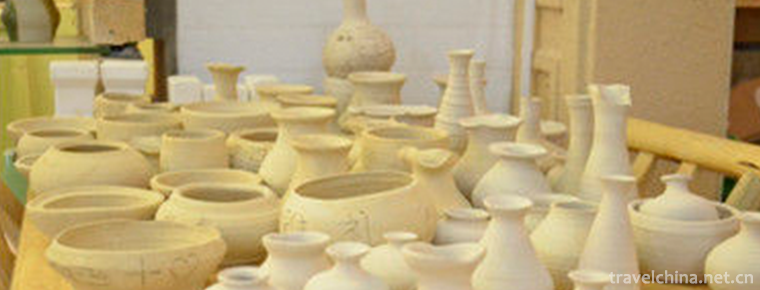
-
Boiled Chinese flowering cabbage
Boiled cabbage is a traditional dish in Guangdong province. It is a Cantonese cuisine. This dish is crisp and tender in quality, unique in flavor and rich in nutrition. .
Views: 137 Time 2018-11-02 -
Expo Area of Acient Kiln & Folk Cultures in Jingde
Jingdezhen Ancient Kiln Folklore Expo Area, located in Fengshu Mountain and Panlonggang, Changjiang District, Jingdezhen City, Jiangxi Province.
Views: 515 Time 2018-12-08 -
Cocotto Sea Scenic Area
The Cocotto Sea Scenic Area and Xinjiang Cocotto Sea National Geological Park, located in Fuyun County, Altay District, northern Xinjiang, covers an area of 788 square kilometers,.
Views: 179 Time 2018-12-12 -
Beidahuang Modern Agricultural Park
Beidahuang Modern Agricultural Park, located at No. 146 Xiangfu Road, Xiangfang District, Harbin City, covers an area of 667,000 square meters and is a "national AAAA-level tourist attraction&quo.
Views: 162 Time 2018-12-26 -
Qingdao Seaside Scenic Spot
Qingdao Seaside Scenic Spot is the first batch of state-level scenic spots announced by the State Council in 1982, and also the first batch of national AAAA-level scenic spots..
Views: 234 Time 2019-02-07 -
North Road Bangzi
Bangzi, also known as Shanglu Opera, is a local traditional drama in Datong, Shuozhou, Xinzhou and parts of Inner Mongolia and Hebei in northern Shanxi Province. It is one of the national intangible c.
Views: 152 Time 2019-04-04 -
Laozi Shandong Province
Shandong Laozi is a traditional opera art form which spreads in Shandong Province. It evolved from the ancient "lotus flower falls". Laozi instruments are mainly cymbals (commonly known as G.
Views: 164 Time 2019-06-13 -
Production Techniques of Wufangzhai Zongzi
The traditional production techniques of Wufangzhai zongzi are mainly divided into 36 processes, such as material selection, rice dipping, leaf boiling, stuffing, shelling, wrapping, thread binding an.
Views: 214 Time 2019-06-29 -
Sho Dun Festival
The Shirton Festival is a traditional religious festival of Tibetan people in Tibet, Qinghai, Gansu, Sichuan, Yunnan and other provinces and regions. It is mostly held in early February, mid-April or .
Views: 167 Time 2019-07-09 -
Add another festival beside the word ants of the Zhuang nationality
The Zhuangs Ant Festival (insect word plus another) is mainly prevalent in the Hongshui River Basin in the northwest of Guangxi Zhuang Autonomous Region. It is named "Ant (insect word plus anothe.
Views: 178 Time 2019-08-16 -
Bruce Lee
Bruce Lee (November 27, 1940 -1973 July 20th) Lee Jun Fan Teacher Ye Wen Born in California, USA San Francisco The ancestral home of China Guangdong Province Foshan City Shunde District Junan Town The.
Views: 153 Time 2019-09-04 -
Chinese Qiang Museum
Qiang museum is a local ethnic Museum, located in the south of Qiangxing street in Maoxian county. It was officially opened in 1988 when the Qiang traditional festival "Qiang calendar year". It is the only Qiang Museum in China..
Views: 101 Time 2020-11-06
